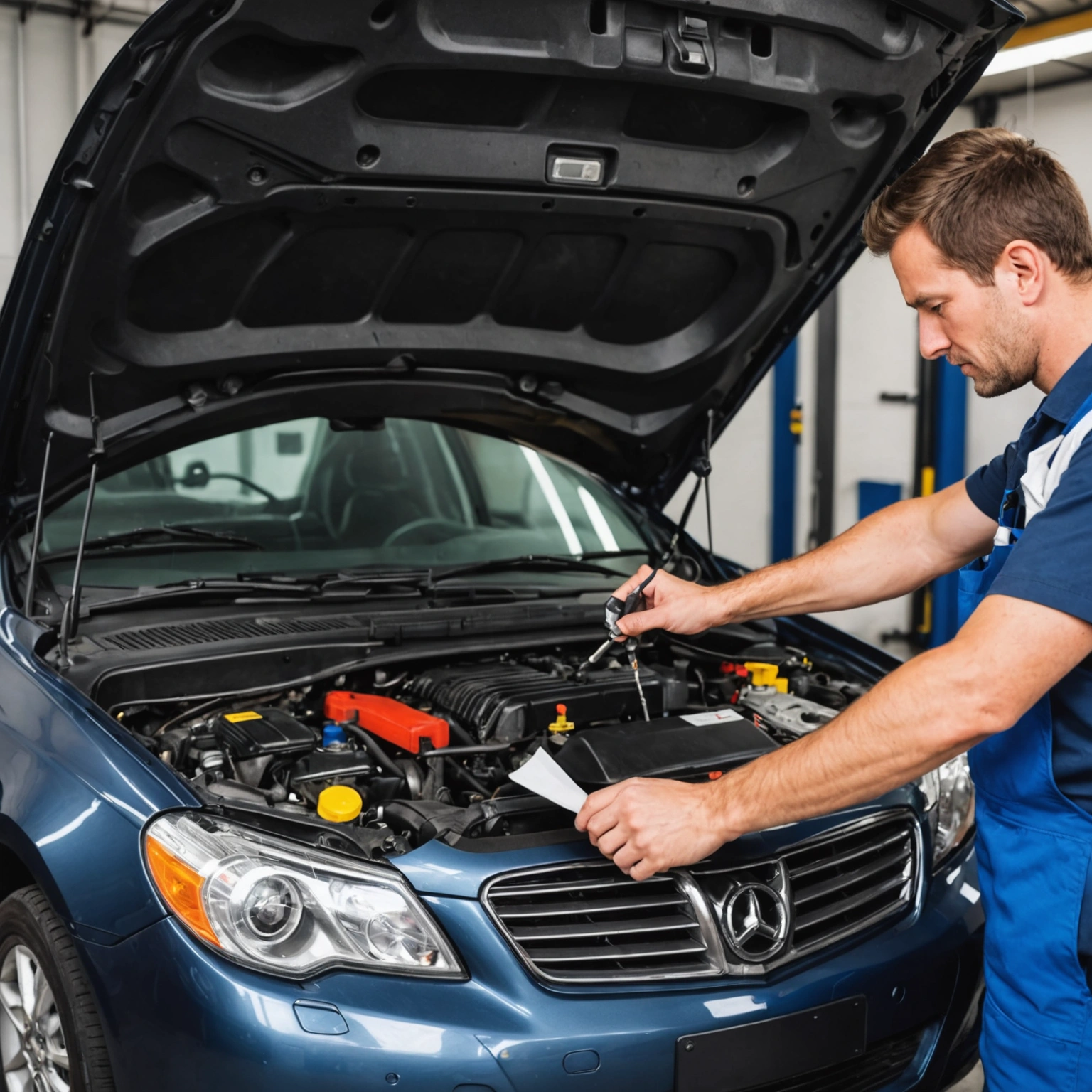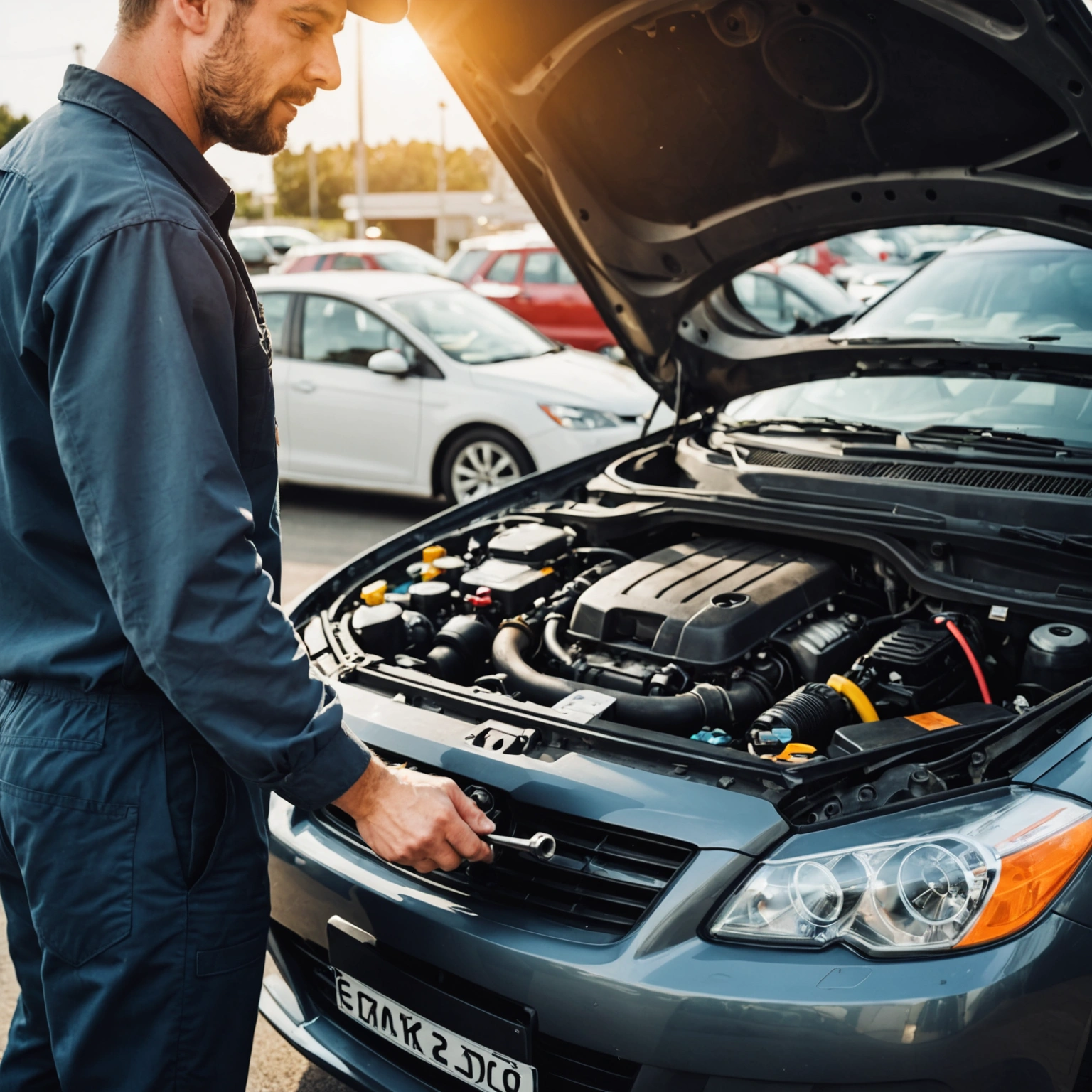**How Often Should You Perform Car Maintenance to Keep Your Vehicle Running Smoothly?**
Maintaining your vehicle is essential to ensure it runs reliably, safely, and efficiently. Regular maintenance not only prolongs the lifespan of your car but also helps you avoid costly repairs down the road. But how often should you perform these maintenance tasks? Let’s break down the recommended intervals and key practices to keep your vehicle in top shape.

### Understanding Your Vehicle’s Maintenance Schedule
Every vehicle comes with a manufacturer’s recommended maintenance schedule, usually found in the owner’s manual. These guidelines are tailored to your specific make and model, considering factors like engine type, driving conditions, and usage patterns. Always start here, but also consider your driving habits and environment.

### Basic Maintenance Intervals
Here’s a general overview of common maintenance tasks and their typical recommended frequencies:

– **Oil and Oil Filter Change:**
Every 3,000 to 5,000 miles (or approximately every 3 to 6 months) for conventional oil; synthetic oils can often extend this to 7,500–10,000 miles. Regular oil changes are crucial for engine health.

– **Tire Rotation:**
Every 5,000 to 7,500 miles to promote even tire wear and extend tire life.
– **Brake Inspection:**
At least once a year or every 10,000 to 15,000 miles. If you notice squeaking, reduced braking performance, or vibrations, have your brakes inspected sooner.
– **Fluid Checks and Replacements:**
– Coolant/Antifreeze: Every 30,000 miles or every 2-3 years.
– Transmission Fluid: Every 30,000 to 60,000 miles, depending on your vehicle.
– Brake Fluid: Every 2 years.
– Power Steering Fluid: Check regularly; replace as needed per manual.
– **Air Filter Replacement:**
Every 12,000 to 15,000 miles or once a year, especially if you drive in dusty conditions.
– **Battery Inspection:**
Annually, with replacement typically needed every 3 to 5 years.
– **Spark Plugs:**
Usually every 30,000 to 100,000 miles, depending on the type.
### Seasonal and Condition-Based Maintenance
– **Tire Checks:**
Check tire pressure monthly and before long trips; maintain recommended PSI to ensure safety and fuel efficiency.
– **Wiper Blades:**
Replace every 6 to 12 months for clear visibility.
– **Lights and Signals:**
Regularly inspect and replace burnt bulbs.
– **Battery Terminals:**
Keep clean and corrosion-free, especially in extreme weather conditions.
### Driving Conditions Impact
If you frequently drive in harsh conditions—such as extreme cold or heat, dusty environments, or stop-and-go traffic—you may need to perform maintenance more frequently. For example:
– More frequent oil changes
– Additional checks on belts and hoses
– Increased fluid top-ups
### Final Tips for Keeping Your Car Running Smoothly
1. **Follow the Manufacturer’s Schedule:**
Always refer to your owner’s manual for specific intervals.
2. **Perform Regular Visual Inspections:**
Look for leaks, worn belts, cracked hoses, or other issues.
3. **Keep Records:**
Maintain a log of all maintenance and repairs to track what’s been done and when.
4. **Listen and Feel:**
Unusual noises, vibrations, or handling issues often indicate the need for service.
5. **Schedule Professional Check-Ups:**
Regular visits to a trusted mechanic can catch problems early.
—
**In Summary:**
While basic maintenance tasks like oil changes and tire rotations are generally performed every 3 to 6 months or every 5,000 to 10,000 miles, more comprehensive checks should follow your vehicle’s specific schedule. Staying proactive with maintenance not only keeps your vehicle running smoothly but also enhances safety and saves money in the long run.
**Drive safe, and keep your car in top condition!**

